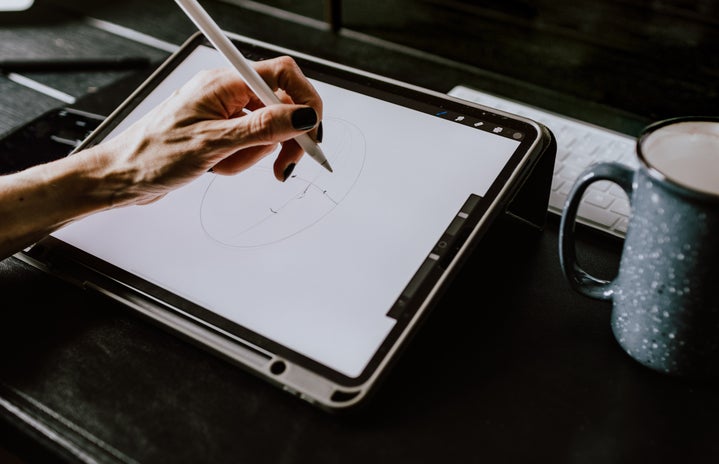In recent years, there has been a surge in the popularity of AI-generated art. Platforms like Deep Dream and ArtBreeder are now offering users the ability to create their AI-generated artworks using machine learning algorithms. However, some of the source material for these algorithms may not be what you expect.
Many artists use online platforms like DeviantArt to showcase and sell their original artwork. Unfortunately, these same artworks are also being used as training data for machine learning algorithms without the knowledge or consent of their creators. When a user uploads their art to DeviantArt, the website has the right to use that art in various ways, such as promoting it on the website or social media. However, many artists are not aware that their art may also be used in the development of AI art generators, which can create new pieces based on the original artwork. This means that the art created by AI generators can be heavily influenced by the original artist’s work without their knowledge or consent. This raises questions about the ethics of using copyrighted material for AI art generation and the potential consequences for artists.
The practice of using copyrighted material for training data is not new, but it has become more widespread as the art generation has become more popular. Deep learning algorithms learn by analyzing large datasets, so the more data they have, the more accurate they become. Therefore, using copyrighted art from online platforms like DeviantArt is an attractive option for AI art generators because it provides a diverse and extensive dataset for their algorithms.
The problem with this practice is that it violates copyright law and can result in financial loss and other negative consequences for artists. Many artists rely on the sale of their original artwork for their livelihood, and the use of their copyrighted material without permission can lead to lost income and missed opportunities.
Moreover, using copyrighted material for AI training data can also perpetuate racial, gender, and other biases present in the original artwork. If AI algorithms are trained on a dataset that includes biased content, then the generated art may also exhibit those biases.
So, what can artists do to protect their work from being used without their knowledge or consent? Artists need to read over the terms of the agreement in detail to understand how they impact the ownership or usage of potential artworks before uploading their art to a platform. Take steps to opt out (if the option is available) of data training programs.
Artists can also add metadata to their image files. Metadata is information that is embedded in the image file itself. You can add metadata to your image that specifies how your artwork can be used and who can use it. This can help prevent the artwork from being used in ways that the creator has not authorized. Another solution is to use Creative Commons licenses, which allow artists to specify how their work can be used and shared.
In conclusion, the use of copyrighted artwork from online platforms like DeviantArt for AI art generation raises serious questions about the ethics of using copyrighted material without permission. It is important for artists to take steps to protect their original work from being used in this way, and for AI art generators to consider the potential consequences of their actions. As AI art generation continues to evolve, it is crucial that ethical considerations are taken into account to protect the rights and livelihoods of artists.


